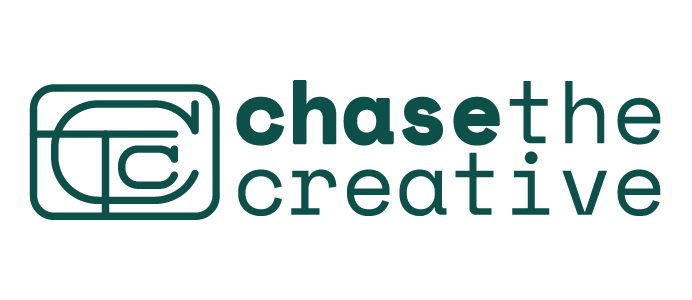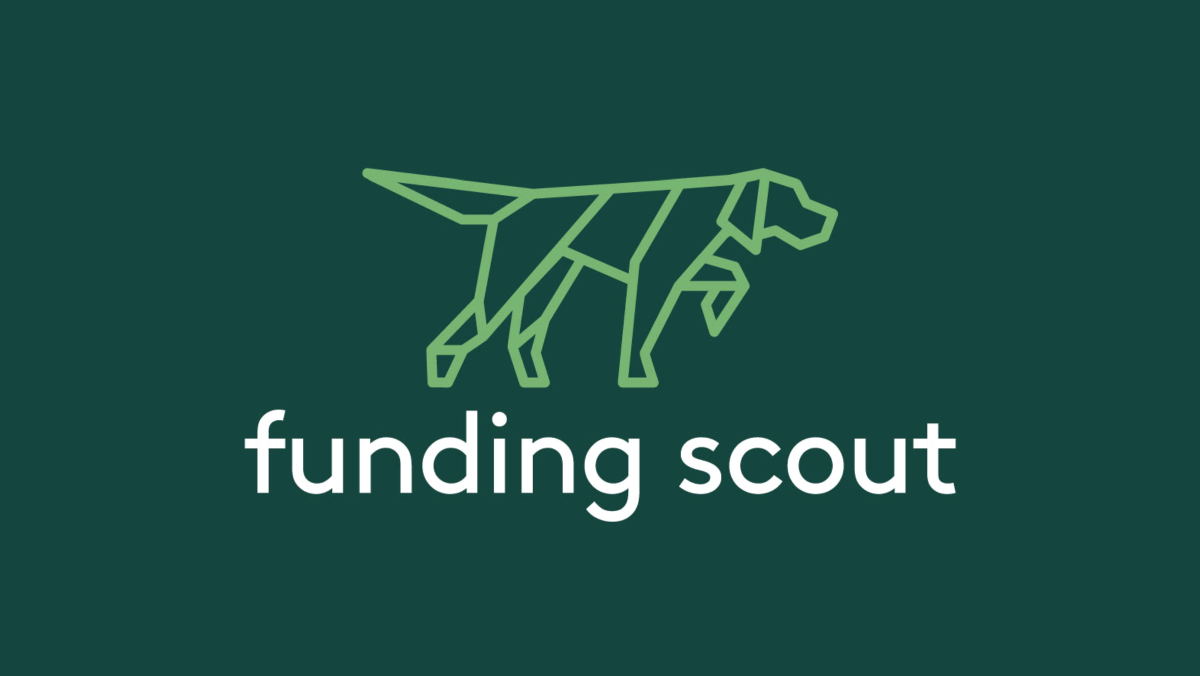A systems design proposal focused on reducing friction, enabling rapid validation, and aligning delivery with human-centered principles
Overview
As UX Lead, I worked with SCI and EPAM to develop a transformative delivery model for SCI’s digital operations platform, a system supporting one of the largest funeral and cemetery service providers in North America. While the existing development process was functional, it had slow throughput, fragmented decision-making, and a limited connection to the realities of field service employees.
We proposed a pivot toward a journey-led, cross-functional design approach, enabling faster prototyping, better-informed decisions, and earlier validation of user needs — all without adding overhead or increasing risk.
Challenge & Opportunity
SCI was on track to deliver functional software. But speed and alignment were lagging due to:
• Too many handoffs between design, business, and development
• Delayed usability validation (often post-approval)
• Disconnected ideation and grooming processes
• Limited engagement from field employees, leading to assumptions and downstream rework
The objective:
How might we create a leaner, more confident delivery process that aligns technology delivery with the lived experiences of SCI’s employees and customers?
The Proposed Pivot: Journey-Based Collaboration
Rather than reorganizing the team or upending tools, our proposal centered around realigning how teams ideate, validate, and deliver using user journeys as the unit of planning.
Key shifts Proposed:
From Epic-first planning to Journey-first framing
From Centralized ideation to Distributed, sprint-level ideation
From Validation at the end to Usability testing during framing
From Handoff-driven workflow to Co-creation within journey teams
Revised 3-Stage Workflow



Design Philosophy: Speed Through Empathy and Trust
This process emphasized speed without sacrificing quality, by anchoring delivery in real-world user insight. It allowed teams to:
• Reduce rework caused by downstream invalidation
• Gain confidence in requirements early
• Leverage cross-functional critique and decision-making
• Deliver better-aligned solutions faster, with fewer delays
Human-Centered Value Propositions
Journey-based work units = Higher alignment to user goals and outcomes
Early prototyping and testing = Lower transformation risk and downstream waste
Involvement of field staff = Decisions grounded in real-world context
Decentralized ideation = Increased delivery capacity (4x ideation output)
"We’re not changing the team. We’re changing how we focus our time, to ensure what we build reflects what our customers and employees actually need."
— SCI Pivot Team
Disclaimers
This case study is based on a strategic proposal and contains no proprietary customer or user data
All artifacts are from the planning and alignment phase — not post-implementation
Proposal was developed collaboratively between SCI, EPAM, and Pegasystems teams








